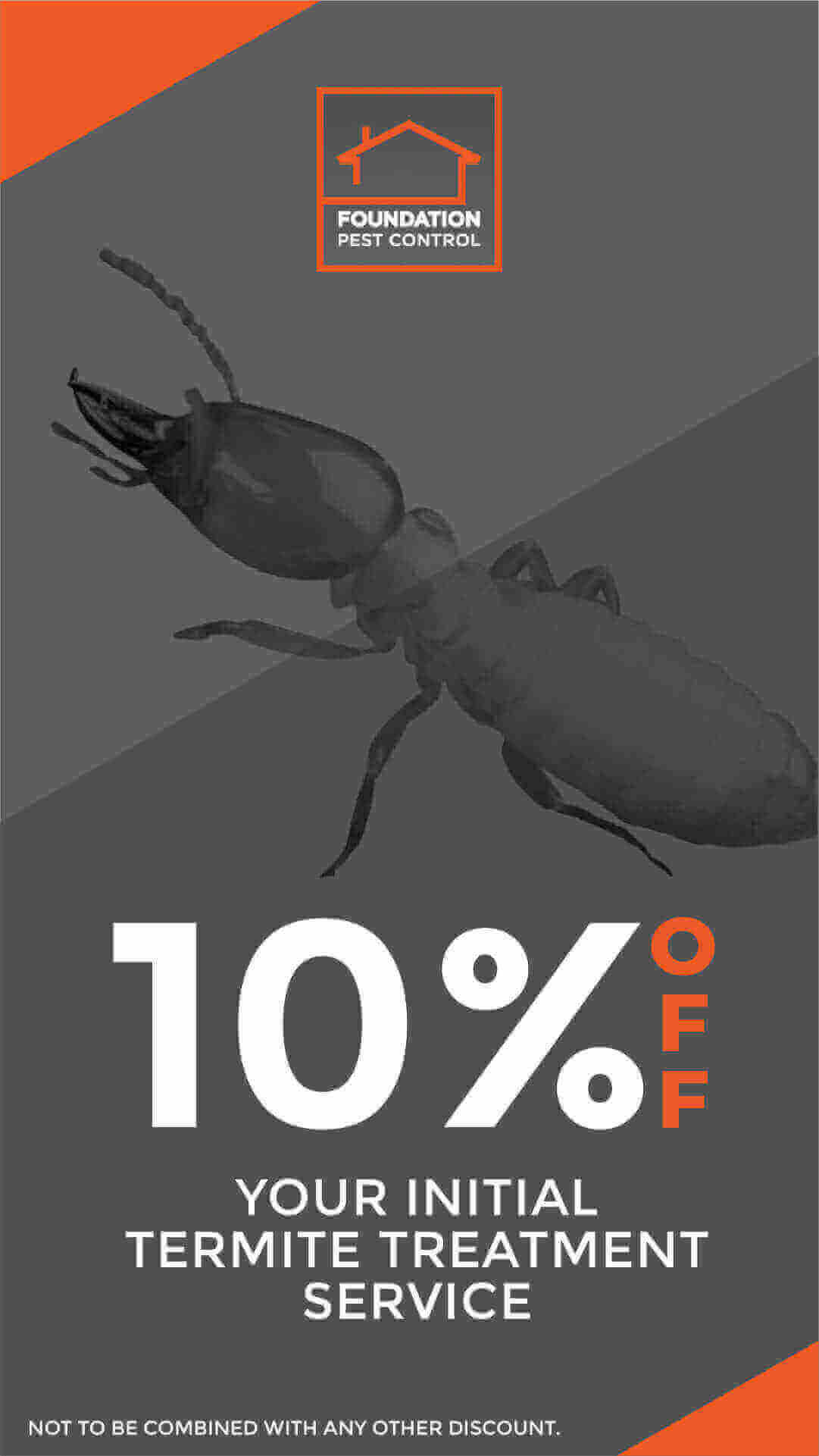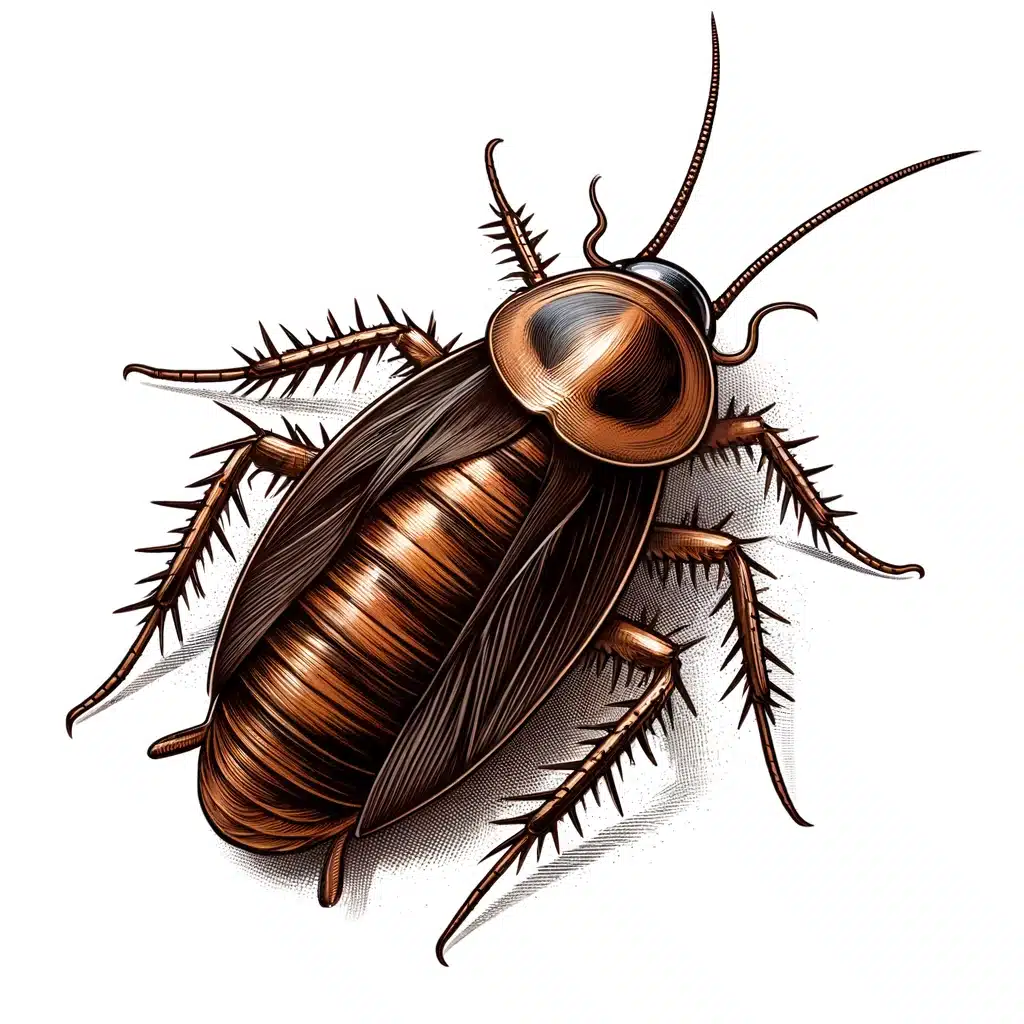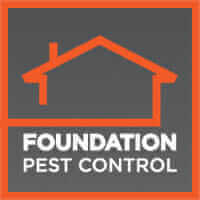Cockroaches

Foundation Pest Control offers expert pest management solutions for homes and businesses in Memphis and surrounding areas. Serving our community with eco-friendly treatments, we ensure a pest-free environment using advanced technology and personalized service. Trust us for efficient, reliable pest control in Memphis, Arlington, Lakeland, Germantown, and Collierville.
Cockroaches are one of the most common and resilient pests found in Memphis. Known for their ability to survive in various environments, they pose significant health risks and can be challenging to eliminate. This guide provides comprehensive information on cockroaches and effective ways to manage them.
Identifying Cockroaches
Cockroaches are typically dark brown or black with an oval-shaped body, long antennae, and spiny legs. The most common types found in Memphis include the American cockroach, German cockroach, and Oriental cockroach. They range from 1/2 inch to 2 inches in length, depending on the species.

Behavior and Habitats
Cockroaches are nocturnal insects that prefer dark, moist environments. They are often found in kitchens, bathrooms, basements, and other areas where food and water are readily available. Cockroaches can flatten their bodies to fit into narrow spaces, making it easy for them to hide in cracks and crevices.
Health Risks and Concerns
Cockroaches pose several health risks and concerns:
- Disease Transmission: Cockroaches can carry and spread bacteria, viruses, and parasites, contaminating food and surfaces.
- Allergies and Asthma: Cockroach droppings, saliva, and shed skin can trigger allergic reactions and exacerbate asthma symptoms.
- Food Contamination: They can contaminate food with their droppings and saliva, leading to food poisoning and other health issues.
- Unpleasant Odor: Cockroaches produce a musty odor that can permeate infested areas.
Prevention Tips
Preventing cockroaches from invading your home involves maintaining cleanliness and eliminating entry points:
- Seal Entry Points: Ensure all cracks and gaps around windows, doors, and foundations are sealed.
- Maintain Cleanliness: Keep your home clean and free of food debris, and store food in sealed containers.
- Reduce Moisture: Fix leaky pipes, use dehumidifiers, and ensure proper ventilation in damp areas.
- Remove Clutter: Eliminate clutter where cockroaches can hide, especially in kitchens, basements, and bathrooms.
Dealing with an Infestation
If you have a cockroach infestation, taking immediate action is important:
- Clean Thoroughly: Regularly clean your home, paying special attention to kitchens and bathrooms.
- Use Baits and Traps: Place cockroach baits and traps in areas where cockroaches are commonly seen.
- Insecticides: Use insecticides labeled for cockroaches around the perimeter of your home and in problem areas.
- Professional Pest Control: Contact Foundation Pest Control for expert assistance. Our professionals can identify the source of the infestation and provide effective treatment options.
Foundation Pest Control Services
At Foundation Pest Control, we offer comprehensive cockroach management services in Memphis. Our approach includes:
- Inspection: Thorough inspection to identify the source and extent of the infestation.
- Treatment: Safe and effective treatments to eliminate cockroaches and prevent future infestations.
- Prevention: Advice on preventative measures to keep cockroaches away from your property.
Contact Us
If you’re dealing with cockroaches or any other pests, don’t hesitate to contact Foundation Pest Control. Our experienced team is here to help you create a safe and pest-free environment.

